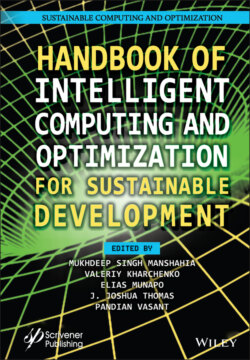Читать книгу Handbook of Intelligent Computing and Optimization for Sustainable Development - Группа авторов - Страница 124
5.3.1 Case Study-1: Automatic Modulation Classification
ОглавлениеAMC acts as one of important entity in cognitive radio for spectrum monitoring and interferes mitigation of 5G wireless systems [27]. Hence, in daily life, we encounter wide variety of radio access technology (RAT) with different modulation techniques. Hence, by using DL-enabled classification would achieve high accuracy and indirectly help in increasing spectrum efficiency. Recent highly cited work by O’Shea et al. [19] has used in-phase and quadrature-phase (IQ) data as radio time series as input to the CNN and shown good classification accuracy of 10 modulation techniques. Generally real-time radio signals are non-stationary in nature. Only time domain radio image may drop some of the characteristics possessed by acquired real radio signals. There are some recent works on modulation classification that use TF feature as input to NNs for classifying wireless signal mode identification and radar signal classification [29].
Case study proposes TF channelized input to CNN, with an objective to the enhance feature dimension for CNN input. The lost information like phase or frequency variation are easily captured in energy variation of TF map. Thus, our proposed technique enhances the classification capability. In addition, work proposes a simple architecture modification called extended output classes (EOC) which is quite different from previously proposed method in [19]. The extended data set labeling on various modulation based on signal-to-noise ratio (SNR) is created, so that the trained network can approximately understand even the relative SNR of modulation.
